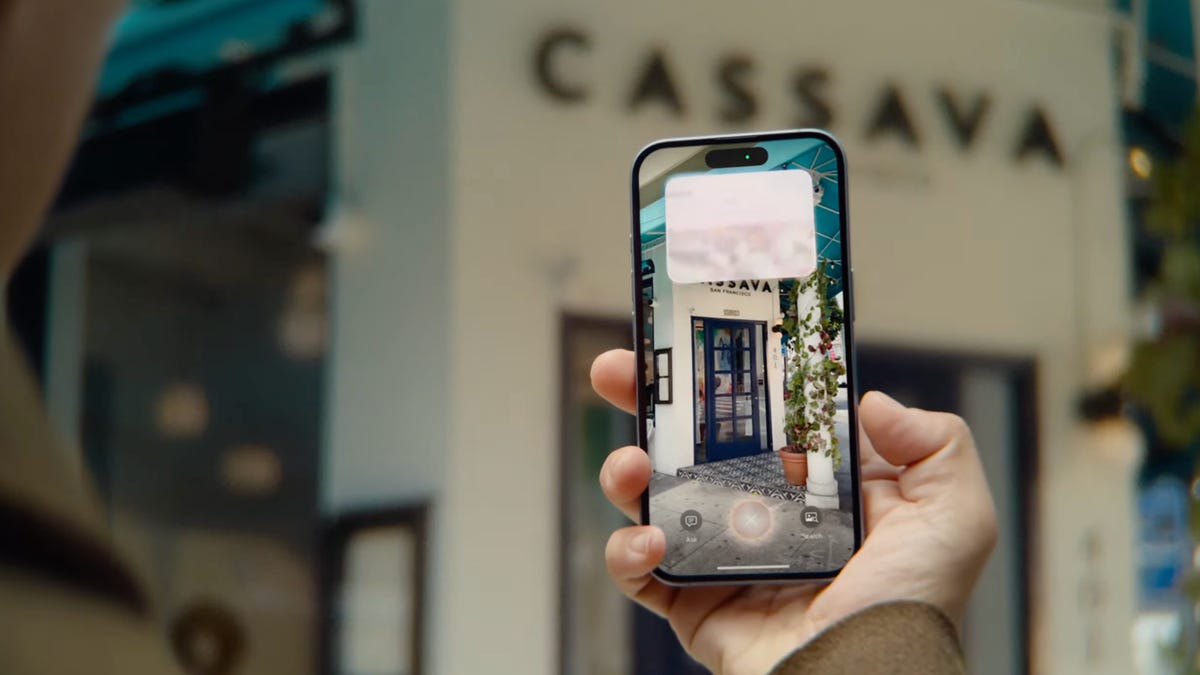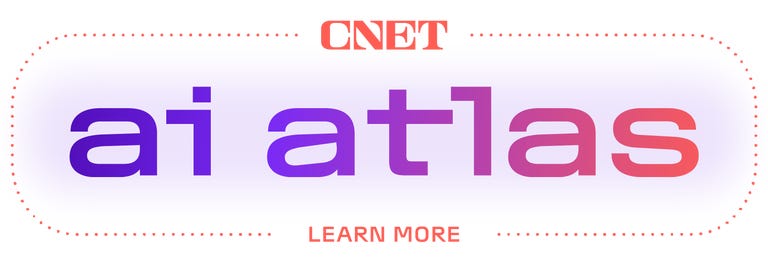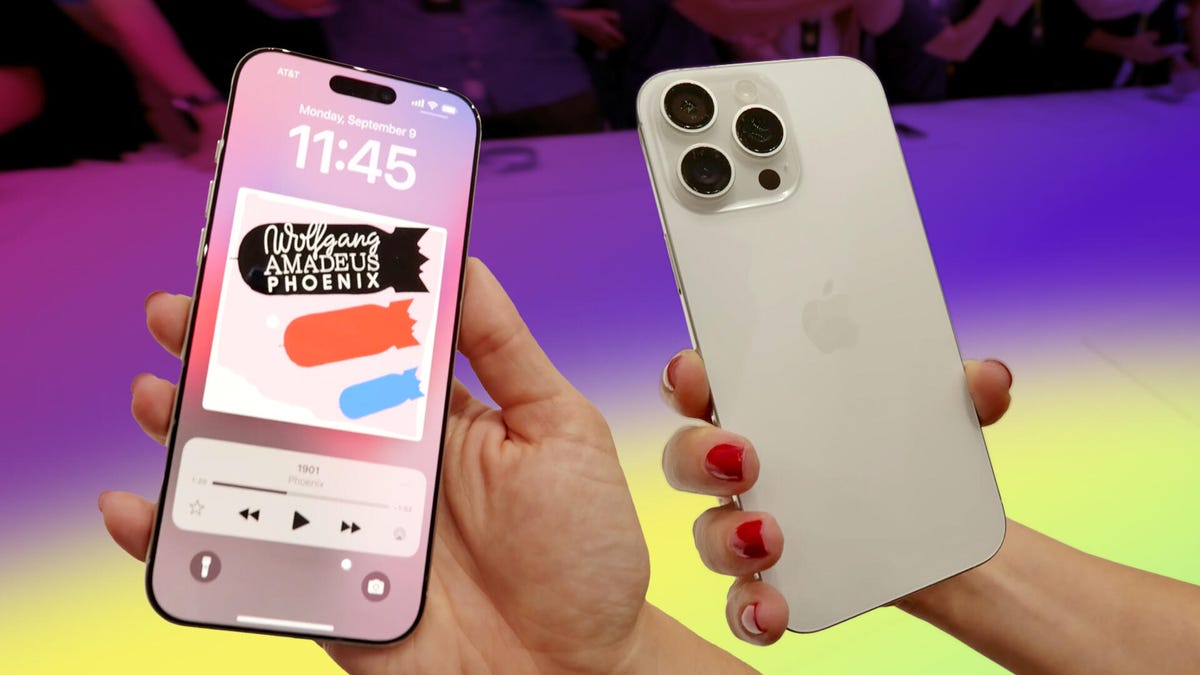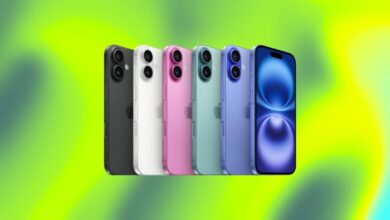Sorry, Apple. AI isn’t enough to make me upgrade to the iPhone 16



Apple unveiled the iPhone 16 and 16 Pro at its Glowtime event this week, and they have some new buttons, AI capabilities, and colors. And because it’s a tech event in the year 2024, we got to see how the new devices will be powered by Apple’s AI, Apple Intelligence.

Surprisingly, Apple has spent most of its time talking about hardware, not AI. We first heard about Apple Intelligence in June at the company’s developer conference and have seen previews of it using the iOS 18 betas. When it was first announced, I praised Apple for taking a more pragmatic approach to generative AI. Apple’s AI will include a text summarization tool, email integrations, image personalization and, as we discovered this week, a new “visual intelligence” will let you use your camera to scan the world around you to quickly surface information.

The iPhone 16 line supports Apple Intelligence features.
But I was also heartbroken to find out that I would have to spend a lot of money to even have the opportunity to get my hands on Apple’s AI at launch.
Apple Intelligence, which is rumored to arrive in an October update to iOS 18, will run primarily on the device, not a cloud server, though the company said some tasks will be sent to Apple’s Private Cloud Compute system. While that means Apple may have a better chance of keeping your information private, it also requires top-tier processing power. For now, the only iPhones with the firepower to run Apple’s AI are the iPhone 15 Pro and Pro Max, and the new iPhone 16 lineup. (Monday also marked the 10th anniversary of the Apple Watch, and we got the new Apple Watch Series 10, a new black finish for the Watch Ultra 2, plus a range of new AirPods 4 and AirPod Max.)
More from the Apple event
That’s disappointing for people like me who want to try out Apple AI but don’t want to break the bank on an upgrade. A new CNET survey found that a quarter of U.S. smartphone users don’t find AI features useful, with only 18% of smartphone users citing AI integrations as their motivation to upgrade their devices.
There are certainly other reasons to upgrade to the iPhone 16. The new capture camera button makes it easier to access your camera and new cinematic modes and editing presets. It has the new A18 chip, with Apple’s most advanced neural engine, which Apple says delivers 30 percent more gaming power. (It’s also part of what enables the device to run Apple AI.) Plus, you might long for an improved camera and battery life, both of which the 16 promises.
I know that any upgrade from my current iPhone 11 will be a huge improvement in camera quality, battery life, and processing power. So the question is: do I really need the latest, greatest, most expensive model just to get Apple AI? The answer, at least for me, is probably no. And for people in similar situations, Apple AI might not be the essential feature Apple hopes it is.
As my colleague Andrew Lanxon has pointed out, mobile AI is the next battleground for smartphones. Apple’s slow start with AI may help it avoid major problems, but it also means there’s no blockbuster or must-have AI tool that I feel like I can’t live without. There’s no FOMO, partly because the options are a little boring, and mainly because access to the AI is so limited. Apple’s pragmatic approach is a double-edged sword; it plays it safe in a treacherous landscape, but it’s not enough to convince me I can’t live without it.




